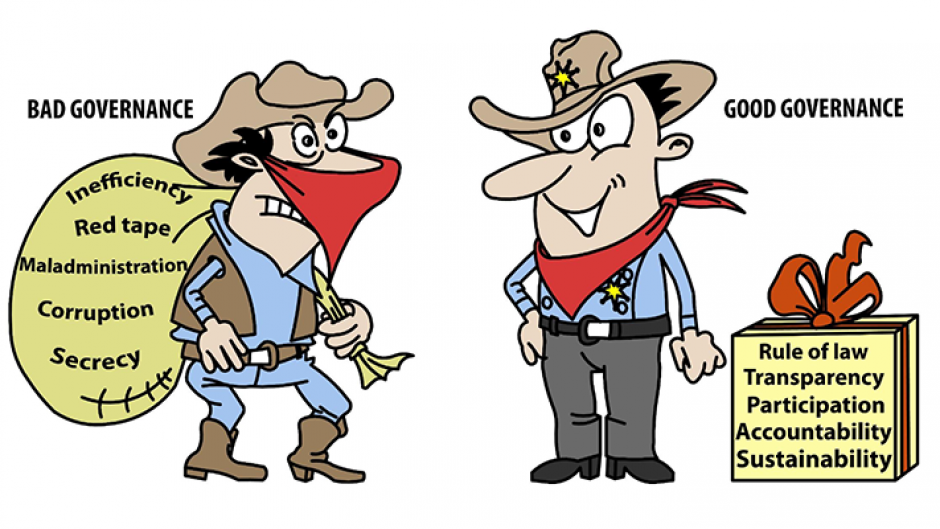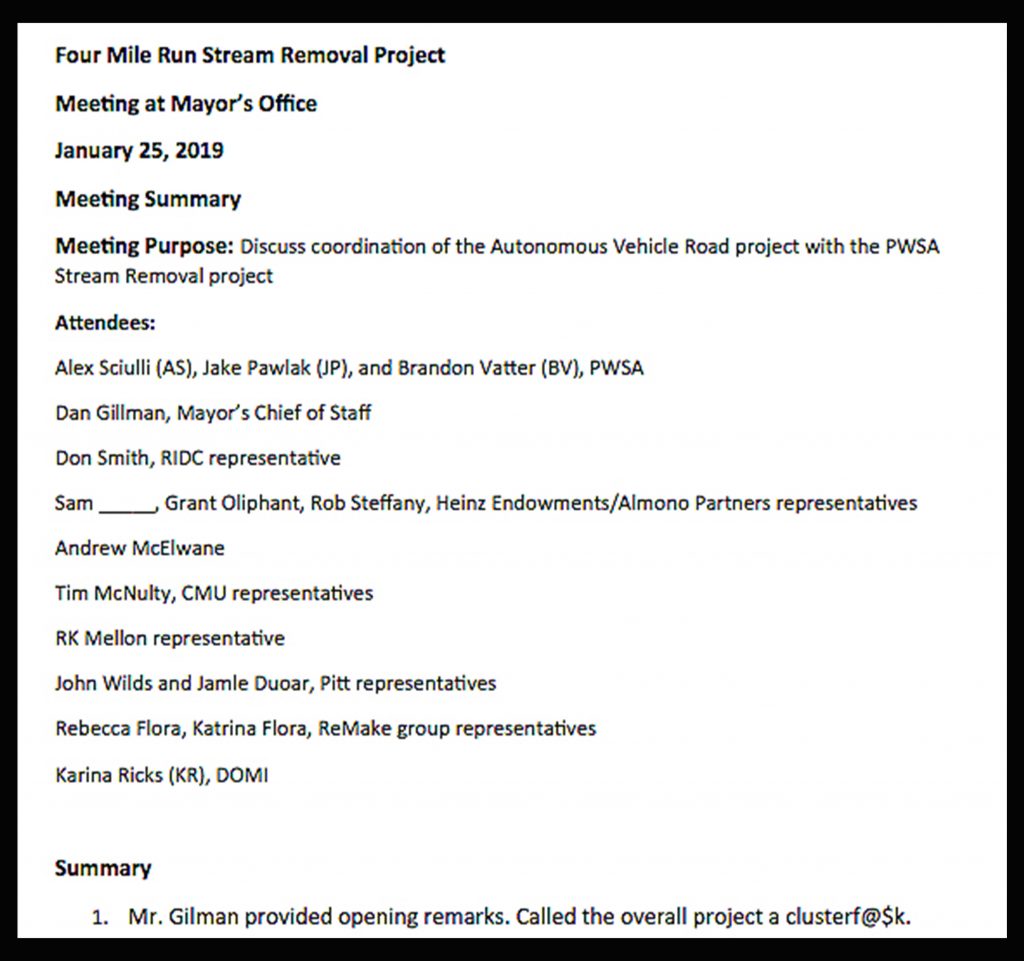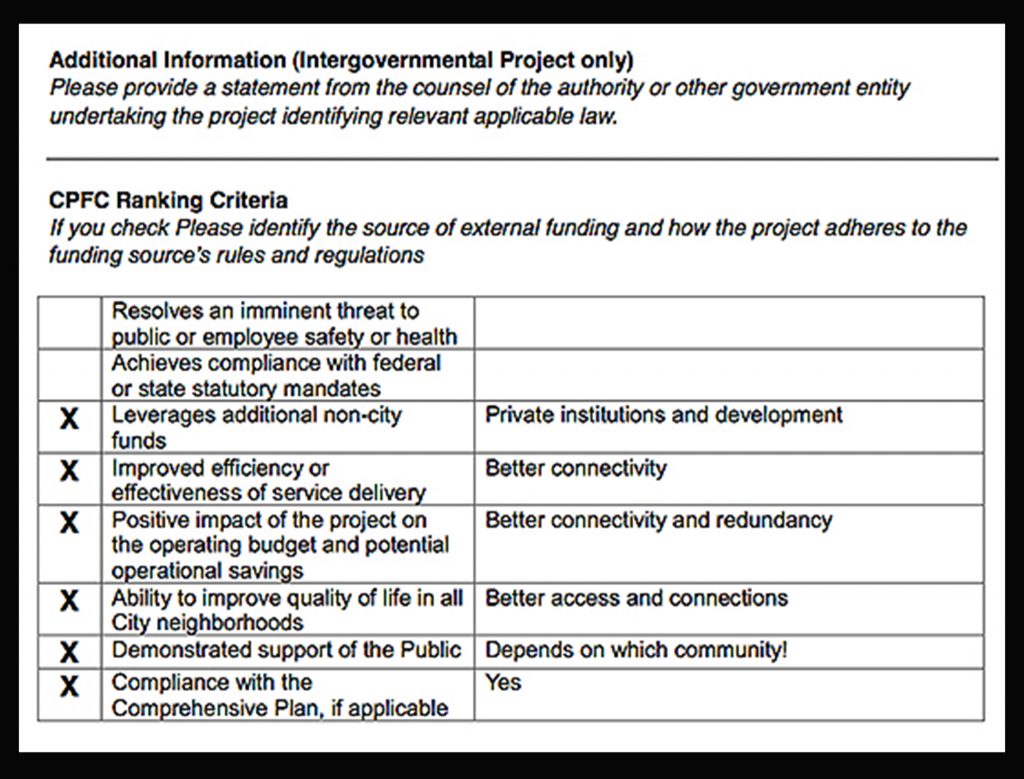As promised, we are gathering statements from DOMI’s public meeting concerning the proposed road through Schenley Park. Below you’ll find quotes from residents of affected communities, activists, transit advocates, university students, and others—along with links to their full statements. We’ve also included those who didn’t get a chance to speak or could not attend the meeting. If you fall into any of these categories and would like us to publish your statement here, please email junctioncoalition@gmail.com.
“As a campus spiritual advisor I often talk with students about their responsibility as members of an institution that wields considerable power and influence over the neighbors who make their homes here. That they should amplify the voices of neighbors whose opinions and needs have sometimes been cast aside for the sake of development.
And in this case I have yet to hear from any Hazelwood, Greenfield, or Oakland residents who are demanding a private shuttle between Oakland and Hazelwood Green. What I do hear loudly from my neighbors is a need for increased bus service.”
—Mike Holohan, The Run
Read more »
“No matter what you would offer in money for my business, it wouldn’t be enough to start over somewhere else.” —Dana Provenzano, Zano’s Pub
Read more »
“Who’s going to really benefit if the capacity is 1,000 riders a day—if that’s the ultimate capacity and you’re going to displace 20,000 cars a day? The math does not figure…When I say this, I say this as an 81-year resident of Hazelwood. I get calls every day from gentrifiers who want to buy my property.”
—Homer Craig, Hazelwood
Read more »
“During this fight, we have won some major improvements to the City’s original plan. These include a flood mitigation project in Four Mile Run, park enhancements, and bike and pedestrian improvements—none of which were part of the original concept. We also won weekend service on the 93 bus starting next month—connecting residents of Hazelwood and Greenfield to Oakland, Squirrel Hill, Bloomfield, and Lawrenceville—actually improving mobility for our communities while the City and DOMI have done nothing but waste millions in consulting and design fees.” —Barb Warwick, The Run
Read more »
“Our city is facing a massive budget shortfall and unless you live in Donald Trump’s fantasy world, you know it’s likely to get worse. But despite the clear need to redirect a vastly reduced budget to human needs, my city insists on spending almost $20 million on a boondoggle that no community favors.”
—Mel Packer, Point Breeze
Read more »
“The project does not benefit the people who live here and is a blatant attempt to destroy our community and give the land to universities and developers.” —Susan Cohen, The Run
Read more »
“If I’m wrong and this is a mass transportation project, well, you guys should fund the Our Money, Our Solutions plan instead because it does everything that this could hope to accomplish—better, faster, cheaper and without any of the associated harms.” —Laura Chu Wiens, Pittsburghers for Public Transit
Read more »
“Every justification put forth for building the road has been proven false. Proponents are now at a loss for any argument other than, ‘We have to build it because we’ve been secretly planning this for years!'”
—Ray Gerard, Lower Greenfield
Read more »
“The City recognizes the seriousness of Climate Change, does not dispute the science behind these issues, yet continues to adhere to the model of development that is driving these issues. The Climate Action Plan states unequivocally, ‘HALT the conversion of forest canopy to development’ and such a conversion is exactly what is being proposed here.”
—Matt Peters, Hazelwood
Read more »
“These are not the actions of people with good intentions. If the MOC benefited those who live in the communities it affects, Mayor Peduto’s administration would not need to resort to duplicity and steamrolling.”
—Ziggy Edwards, The Run
Read more »








Recent Comments